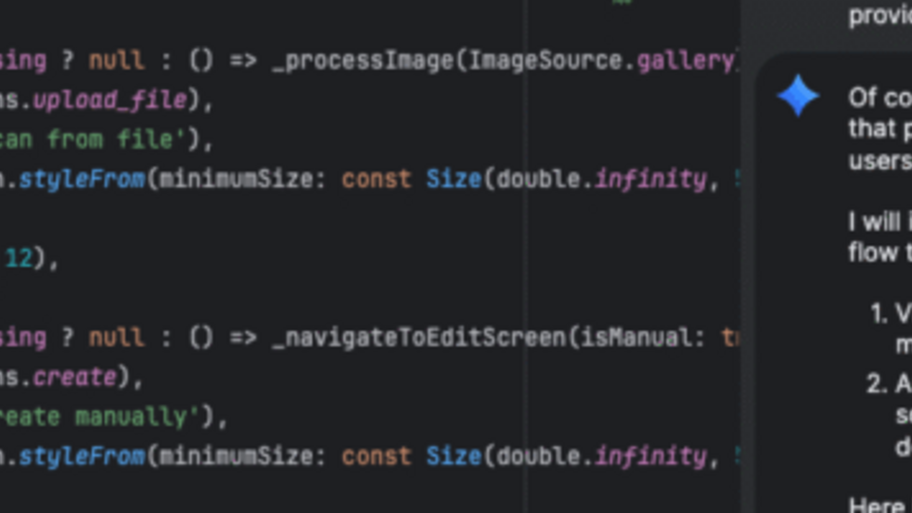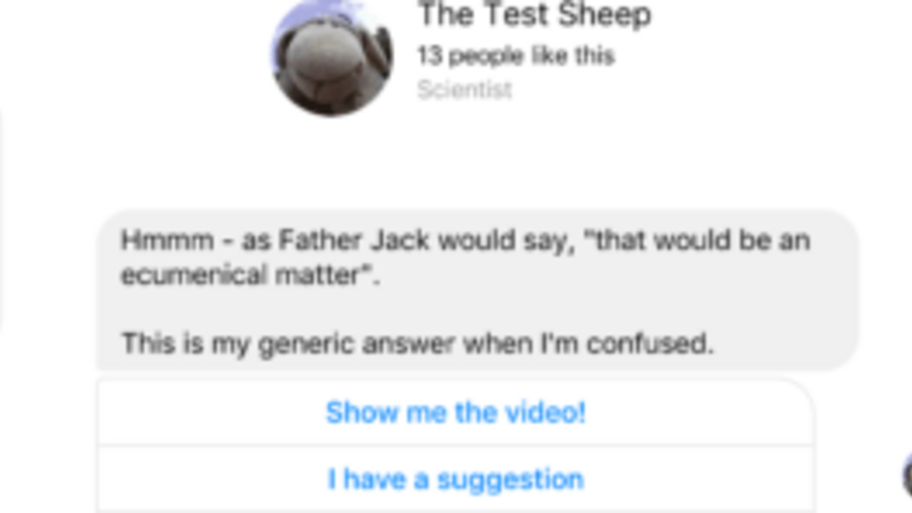Cassandra H. Leung
Quality Engineer
she / they
I am Open to Speak, Write, Podcasting
Quality Coach | Scrum Master | UX Enthusiast | Tech Blogger | International Speaker | Exploratory Tester | Test Strategist | MoT Content Creator
Achievements


















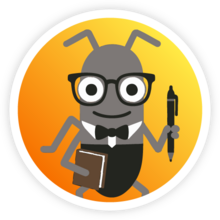

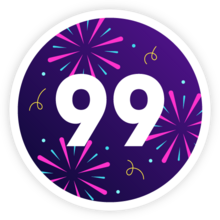
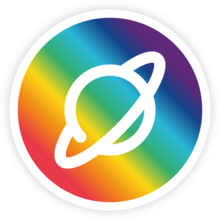

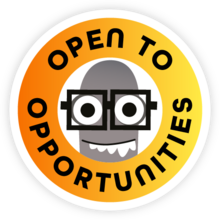
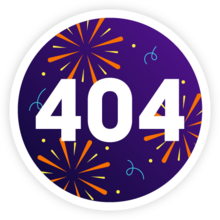
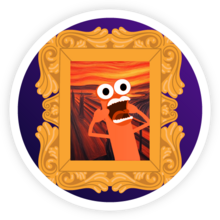
Certificates
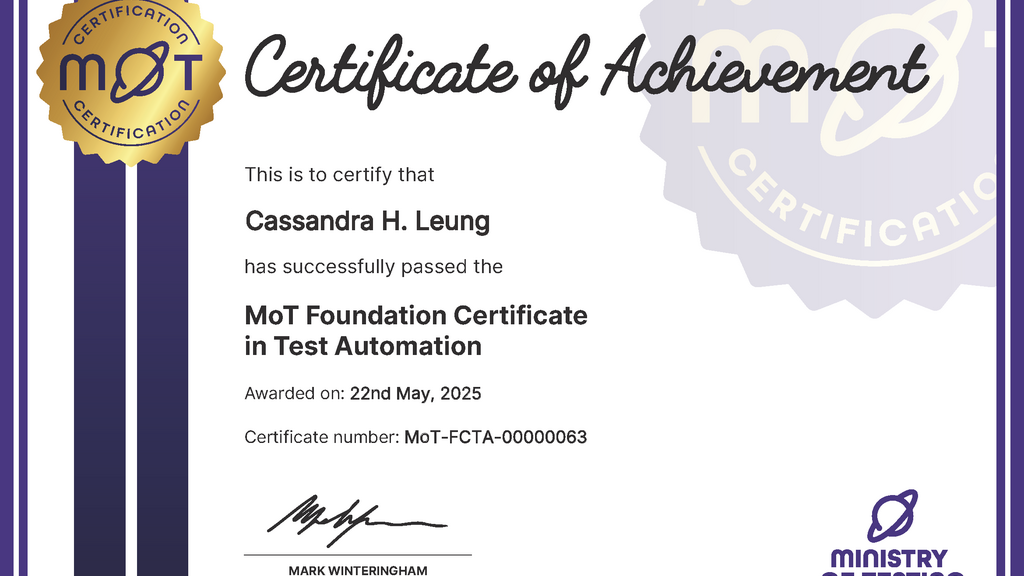
Awarded for:
Passing the exam with a score of 100%
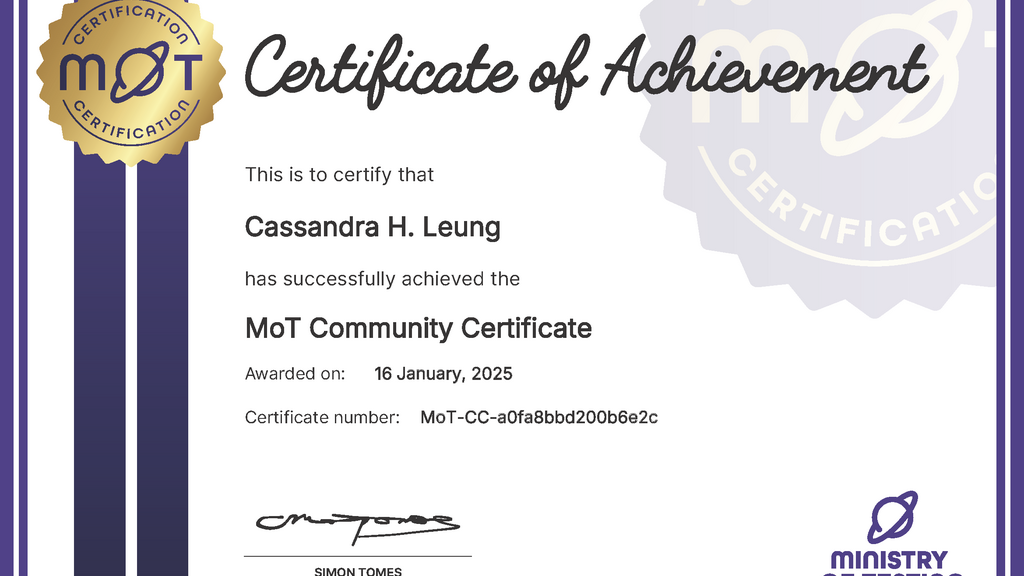
Awarded for:
Achieving 5 or more Community Star badges
Activity
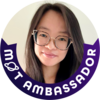
earned:

Bug congrats on 99 stars and beyond! 🚀✨

awarded Manish Saini for:

16.1.0 of MoT Software Testing Essentials Certificate

awarded Hanisha Arora for:
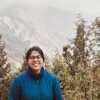
16.1.0 of MoT Software Testing Essentials Certificate

awarded Callum Akehurst-Ryan for:

16.1.0 of MoT Software Testing Essentials Certificate

awarded Rahul Parwal for:

16.1.0 of MoT Software Testing Essentials Certificate
Contributions

after so much waiting and anticipating , I am returning to my career after a full time parenting break.
These 2 years were full of mixed feelings and self-doubts but I owe this community to back...

This time for 99 second talks, thank you!

Cassandra's talk "How to make your work - and achievements - more visible" is now available to watch online.
https://www.ministryoftesting.com/testbash-sessions/how-to-make-your-work-and-achieve...
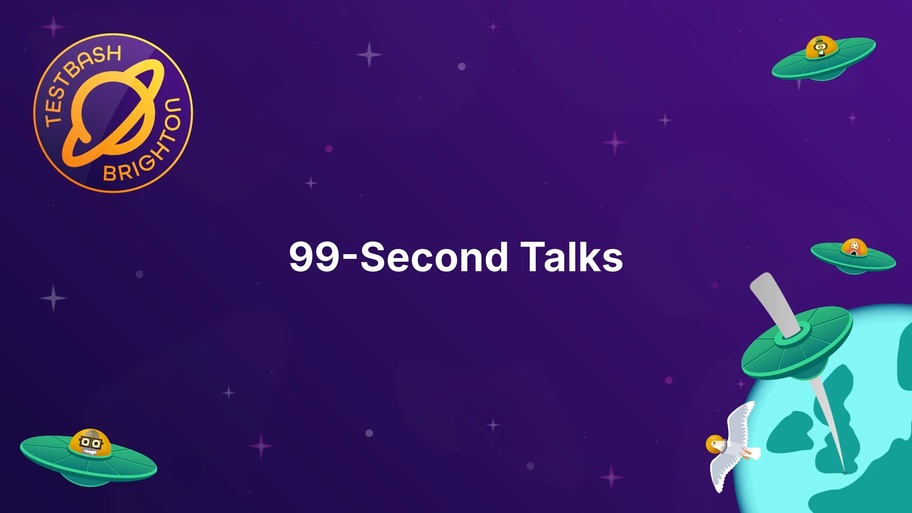
Celebrate the creativity and courage of testers and quality engineers as they share stories, lessons, and ideas in just 99 seconds.
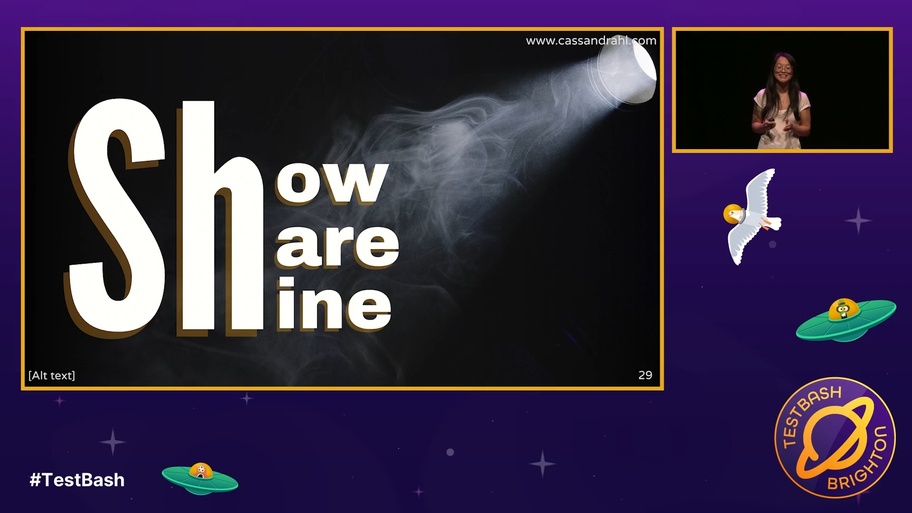
Apply three actions: show, share, and shine to make your work and achievements more visible and valued
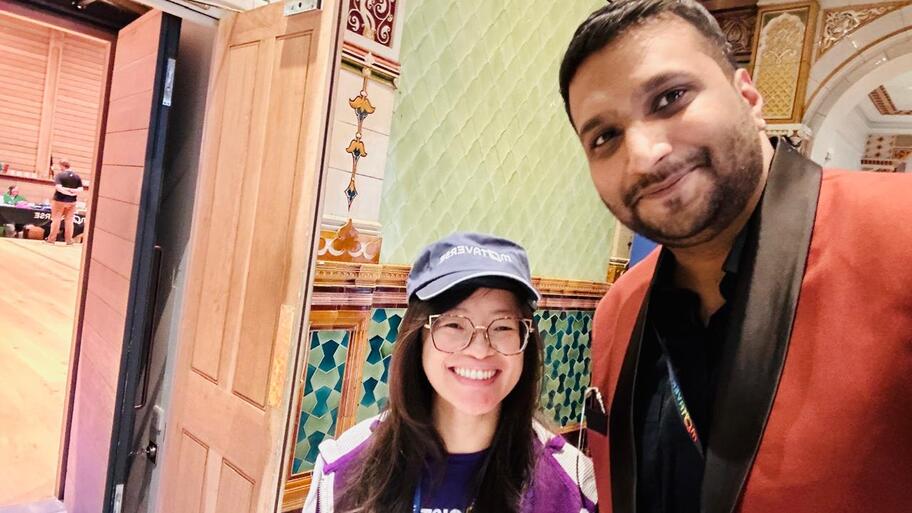
Cassandra H. is an amazing tester, and I am glad to finally meet her in person. thanks, MoT.
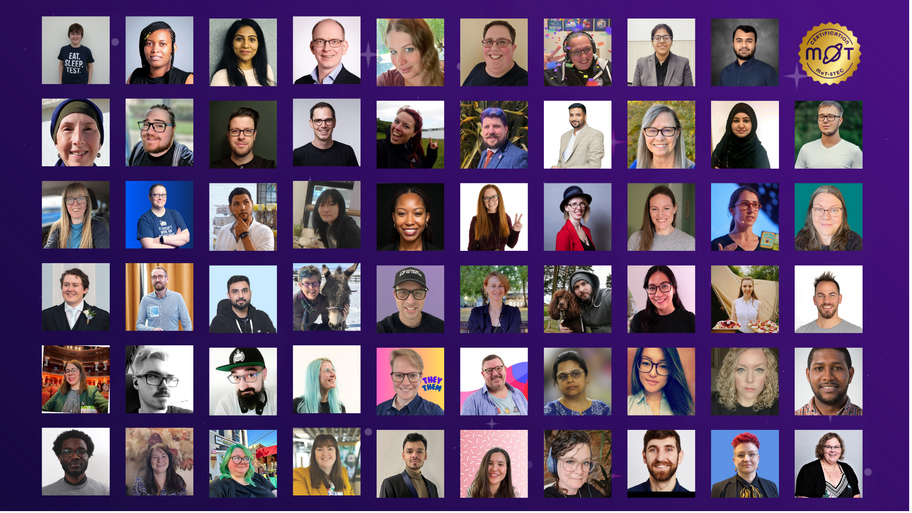
Eighteen months, 19 modules, and 59 amazing contributors later, the MoT Software Testing Essentials Certification is complete!
Looking back, my favourite part has been seeing so many community m...
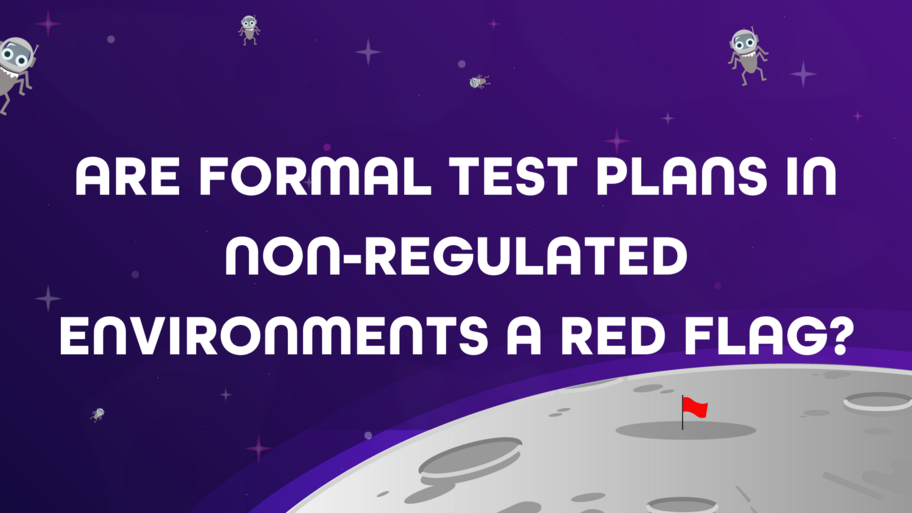
Does emphasis on formal test planning imply a lack of Continuous Delivery?
